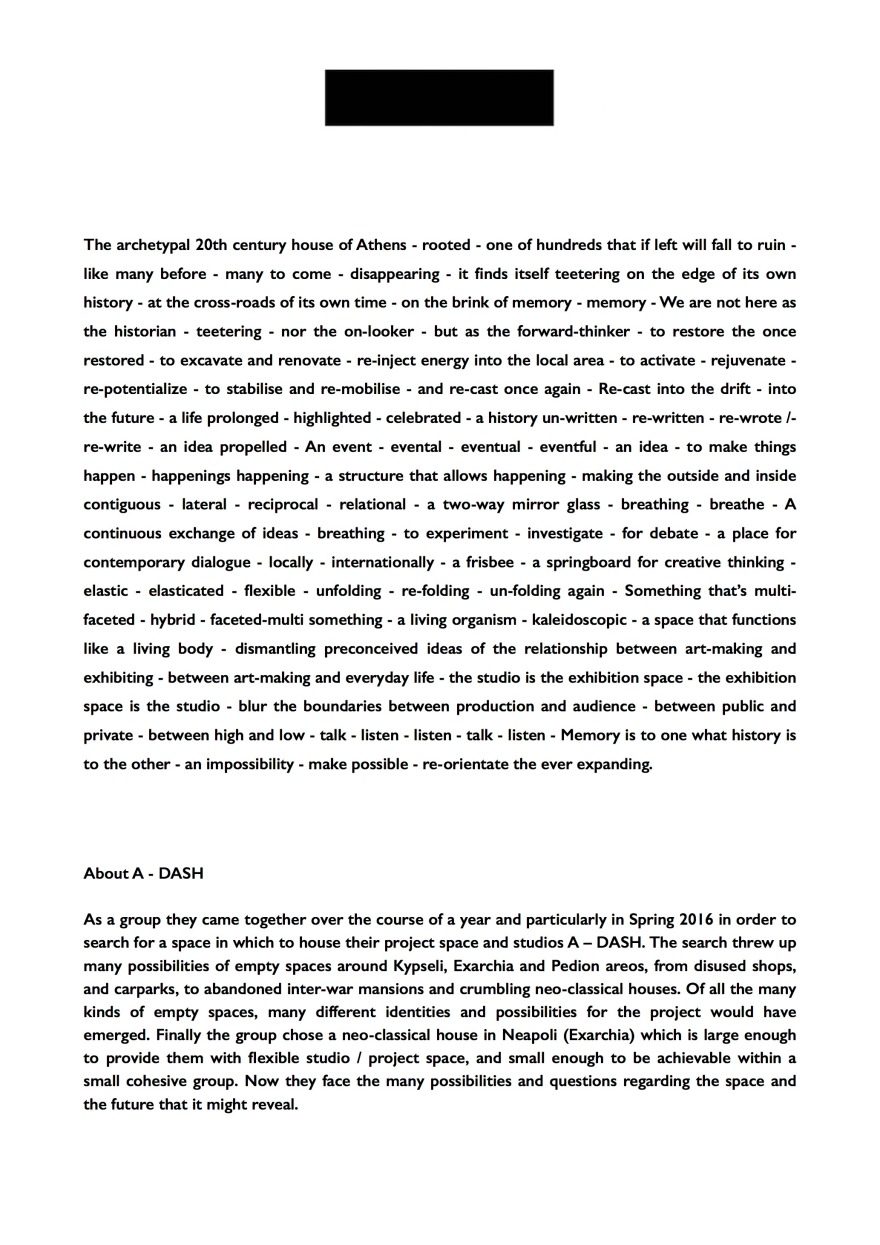PHYSICS COSMOLOGY
AUGUSTUS VEINOGLOU
below: Text/contribution for the conference read out by Augustus Veinoglou. Author: Augustus Veinoglou
space-revolution-augustus-veinoglou

NATASSA SIDERI
* Σημειώσεις, αναφορές από τη μυθολογία που χρησιμοποίησα για να γράψω τη σκηνή. Μαζί κι ένα απόσπαμα από τον Πλάτωνα, που είναι νομίζω πολύ σχετικό με τα περί άρρωστου και υγιούς χώρου που περιέγραψες.
Άνθρωποι-καρποί
Το χάλκινο γένος προήλθε από τις Μελίες. Ο Ησίοδος μιλάει για άνδρες που ανήκαν στις Μελίες νύμφες. Μελία σημαίνει φλαμουριά. Οι άνθρωποι προέκυψαν από τους καρπούς που έπεσαν από τα δέντα.
Δευκαλίωνας (γιος Προμηθέα) και Πύρρα. Άνθρωποι-πέτρες
Όταν ο Δίας έστειλε πλημμύρα για ν’αφανίσει το χάλκινο γένος, ο Προμηθέας είπε στο στον Δευκαλίωνα να φτιάξει μία ξύλινη κιβωτό. Μετά από εννιά μέρες οι πλημμύρες σταμάτησαν κι ο Δίας έστειλε τον Ερμή στον Δευκαλίωνα για να τον ρωτήσει τι χρειάζεται. Ο Δευκαλίωνας απάντησε ανθρώπους. Ο Δίας τότε τον διέταξε να πάρει πέτρες και να τις πετάξει πίσω του. Οι πέτρες που πέταξε πίσω του εκείνος έγιναν άντρες, εκείνες που πέταξε η Πύρρα έγιναν γυναίκες. Έτσι η λέξη λάας, λάος ή λαός, που σημαίνει πέτρα, σημαίνει επίσης και πλήθος ανθρώπων.
Αιακός, γιος του Δία και της Αίγινας
Η Αίγινα άφησε το γιο της μόνο του πάνω στο νησί. Όταν έγινε έφηβος, βρήκε τη μοναξιά του αφόρητη. Ο Δίας τον λυπήθηκε, και μεταμόρφωσε όλα τα μυρμήγκια του νησιού σε άντρες και γυναίκες και τους χάρισε στον Αιακό μαζί με το λαό τν Μυρμιδόνων.
Πλάτωνας, Πολιτεία, βιβλίο 2
Οι άνθρωποι από μόνοι τους δεν είναι αυτάρκεις. Στην πρώτη, πιο στοιχειώδη κοινωνία, μαζεύονται μαζί ένα γεωργός, που εξασφαλίζει την τροφή, ένας χτίστης, για τη στέγη, ένας ράφτης κι ένας υποδηματοποιός. Ο καθένας σταματάει να κάνεις τις δουλειές των άλλων, και κάνει μόνο τη δική του και για τους τέσσερις. Όσο οι ανάγκες αυξάνονται, τόσο περισσότερους ανθρώπους χρειαζόμαστε στην πόλη. Ο οικοδόμος, για να γίνει πιο αποδοτικός, θα σταματήσει να φτιάχνει μόνος του τα εργαλεία του. Τη δουλειά θα κάνει ένας σιδηρουργός. Κλπ, κλπ. Προστίθενται βοσκοί, ποιμένες, έμποροι, στο τέλος τραπεζίτες. Γιατί ο γεωργός δεν μπορεί να κάτσει να περιμένει στην αγορά μέχρι να χαλάσει το προϊόν του, αν οι αγοραστές δεν είναι παρόντες εκείνη τη στιγμή. Η πόλη συνεχίζει να μεγαλώνει, ο κόσμος ζει, τρώει καλύτερα, καλοπερνάει. Η πόλη είναι ακόμα υγιής. Μέχρι που:
“Γιατί αυτά, καθώς νομίζω, δεν θα είναι αρκετά σε μερικούς, ουτε αυτός ο τρόπος ζωής, αλλά θα προσθέσουν και κρε βάτια και τραπέζια και άλλα σκεύη και εδέσματα και μυρωδικά και θυμιάματα και εταίρες και γλυκίσματα και το καθένα απ’ όλα αυτά. Και σε αυτά που λέγαμε στην αρχή δεν πρέπει να προσθέσουμε μόνο τα αναγκαία, δηλαδή σπίτια, ρούχα και υποδήματα, αλλά πρέπει να ενεργοποιήσουμε και τη ζωγραφική και τα κεντήματα, και χρυ σάφι και ελεφαντόδοντο, και όλα τα παρόμοια πρέπει να τ’ αποκτήσουμε. Ή όχι;
Ναι, είπε.
Δηλαδή δεν πρέπει πάλι να κάνουμε την πόλη μεγαλύτερη; Γιατί εκείνη η υγιεινή πόλη δεν χωράει πια, αλλά πρέπει να μεγαλώσει και σε μέγεθος και σε πληθυσμό, με πράγματα που δεν είναι αναγκαία να υπάρχουν στις πόλεις, οπως είναι οι κυνηγοί και όλοι όσοι είναι μιμητές, πολλοί που ασχολούνται με τα σχέδια και τα χρώματα, πολλοί που ασχολούνται με τη μουσική, οι ποιητές και οι βοηθοί τους, οι ραψωδοί, οι ηθοποιοί, οι χορευτές, οι εργολάβοι, οι τεχνίτες όλων των σκευών και όλων των άλλων πραγμά των, όπως και των στολιδιών των γυναικών. Θα χρειαστούμε ασφαλώς και περισσότερους υπηρέτες· ή δεν νομίζεις πως θα χρειαστούν παιδαγωγοί, παραμάνες, τροφοί, κομμώτριες, κουρείς, σιτιστές και μάγειροι;
Θα χρειαστούμε ακόμα και χοιροβοσκούς γιατί κάτι τέτοιο στην προηγούμενη πόλη μας δεν υπήρχε, μια και δεν χρειαζόταν, ενώ σε αυτή θα χρειαστεί και τούτο. Θα μας χρεια στούν και άλλα πολλά ζώα, αν τα τρώει κανείς αυτά. Έτσι δεν είναι;
Πώς όχι;
Αφού θα ζούμε έτσι, θα χρειαστούμε πολύ περισσότερο τους γιατρούς απ’ όσο πριν;
Πολύ περισσότερο, βέβαια.
Και η χώρα που τότε ήταν ικανή να τρέφει τους τότε πολίτες, θα γίνει από μεγάλη μικρή· ή θα γίνει αλλιώς;
Έτσι, είπε.
Οπότε θα χρειαστεί να αποσπάσουμε ένα κομμάτι από τη χώρα των γειτόνων μας, αν σκοπεύουμε να έχουμε αρκετή γη για βοσκή και καλλιέργεια, και εκείνοι πάλι θα χρειαστούν να αποσπάσουν από τη δική μας, αν κι εκείνοι αφήσουν τον εαυτό τους στη διαρκή απόκτηση πραγμάτων, υπερβαίνοντας το οριακό σημείο των αναγκών τους.
Είναι μεγάλη ανάγκη, Σωκράτη, είπε.
Και μετά από αυτό, θα πολεμήσουμε, Γλαύκωνα, ή θα γίνει κάτι άλλο;
Έτσι θα γίνει, είπε.
Ας μην πούμε ακόμα τίποτα, είπα εγώ, ούτε αν ο πό λεμος πράττει κάτι κακό ούτε κάτι καλό, αλλά μόνο αυτό, ότι βρήκαμε την αιτία του πολέμου, που βρίσκεται κυρίως σε όσα δημιουργούν και τις δημόσιες και τις ιδιωτικές διαφορές, όταν αυτά δημιουργούνται στις πόλεις.”
below: Last scene from “Δεσμώτης”, It was read out in the conference by Natassa Sideri, author: Natassa Sideri
MYRTO KATSIMICHA
A short manual: 9 propositions for the demolition of ‘urban waste’
In a city like Athens, the physical traces of the social and political movements are visible in our everyday encounter with the material surface of the city. Disintegration, fragmentation and decomposition are all part of the same vision of an exhausted city, that could be easily described as a modern wasteland or in other words a wasted land, an unwanted place filled up with unusable materials that serve as memory traces of what was there before the corrosion.
In his film ‘Socio-fiction’ (2005), Zbynek Baladran presents a new reading of the Communist Manifesto and deals with the act of destruction as a condition for change through the act of forgetting. The displacement and dislocation of human memory is introduced as a destabilizing force for the emergence of a new sense of our reality, a renewed view of our contemporary society. In particular, what caught my attention while watching this film was an excerpt of some archival footage of a 1986 film that was shot as a work safety training of how to demolish old buildings without causing any injury or damage in the surrounding environment. The following questions emerged as an immediate reaction. How is it possible to avoid damage while demolishing a whole building? Are we able to envision the deconstruction of a building without any kind of loss? The loss of space, the loss of time, the lost view, the bodies lost in the void that emerges from the disappeared structure… Aren’t these altogether another form of injury?
People are scared of the passing time. For time reveals the discarded pasts with its asynchronous temporalities as much as it marks the advent of a set of unsettled futures. We built structures to host our own dislocated memories. The land is solidified in favour of the subject and buildings become the signifiers of our relation to space. But materials are not solid after all. They all contain the probability of their own rupture. Earth is built in order to be disrupted. In this sense, waste implies a sense of disorder. It is generated from destruction, but also from construction. The interest lies within the alternate ways people select to manage the material components of these two procedures, the act of ‘refuse’ and that of ‘reuse’, two different processes that eventually create a new perception of waste.
This short manual is a proposition of a series of acts for the demolition and management of urban waste. A general definition of waste will not be provided here. The term will be coined by the ones who are willing to undertake any of the suggested actions. The demolition methods listed below depend on the conditions and features of the specific sites, while the choice of the method will be decided by those who are willing to act. In general, demolition should be carried out in the reverse order of construction, as far as appropriate. In any case, they selected actions shall be performed with extreme caution.
Bibliography:
Code of Practice for Demolition of Buildings, published by The Buildings Department, Hong Kong (2004)
SURVIVAL – Art practice
BECKY CAMPBELL
Presentation:
Becky Campbell made a presentation of her practice discussing in more detail her installation work in relationship with architectural and interior space.
Hand crafted, fragile objects, reminiscent of cloths, fabrics and other malleable material contain her energy; the trace of the maker is present. Her work is sometimes difficult to be found in vacant space as she intends to ask the viewer to explore and peregrinate in space before. However when one discovers her work experiences of spatiality alter and space may become somewhat insignificant calling the viewer to go deeper into the newly explored material while leaving the awe inspiring gaze from the splendour of built space. That shift of focus brings to the fore notions of micrography and microscopy.. and Campbell’s work becomes strangely intimate and reassuring, a form of ocular, yet sensual opposition towards tendencies of agoraphobia and modern hysteria.
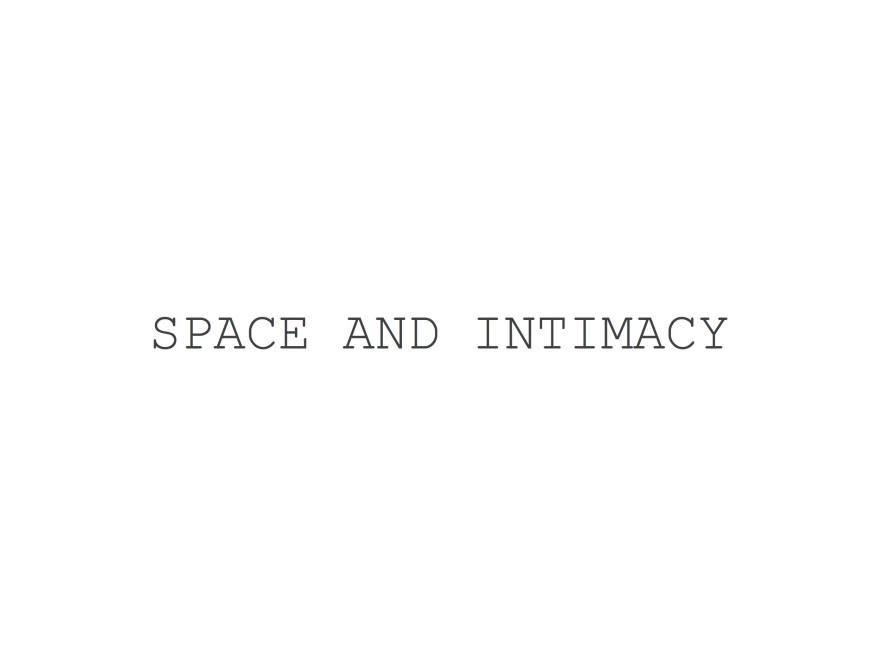
MAAIKE STUTTERHEIM
A central focus in my work is my interest in the notion and the processes of time. I am interested in the void between events; this moment when time is standing still, and time and space are somehow waiting for something to occur. Its a recurring theme in most of my work but probably most recognisable in the project “Traveling to Standstill”.
Then in 2010, I was visiting a friend in Antirio and and discovered an abandoned hotel there; Hotel Denia. And once again i was fascinated by this huge playground full of possibilities! And slowly this project formed…
I do not attempt to control the work, thereby allowing it to take the form of antipreservation. Preserving the artwork is not important; it’s about the way the artwork changes over time and the loss of control in the way the work will be changed over time, whether by the natural elements or by individuals disrupting the space. Most people visiting come to destroy, i come to create, to make new life, new memories, new possibilities. I try to create an alternate reality giving life to a discarded building.
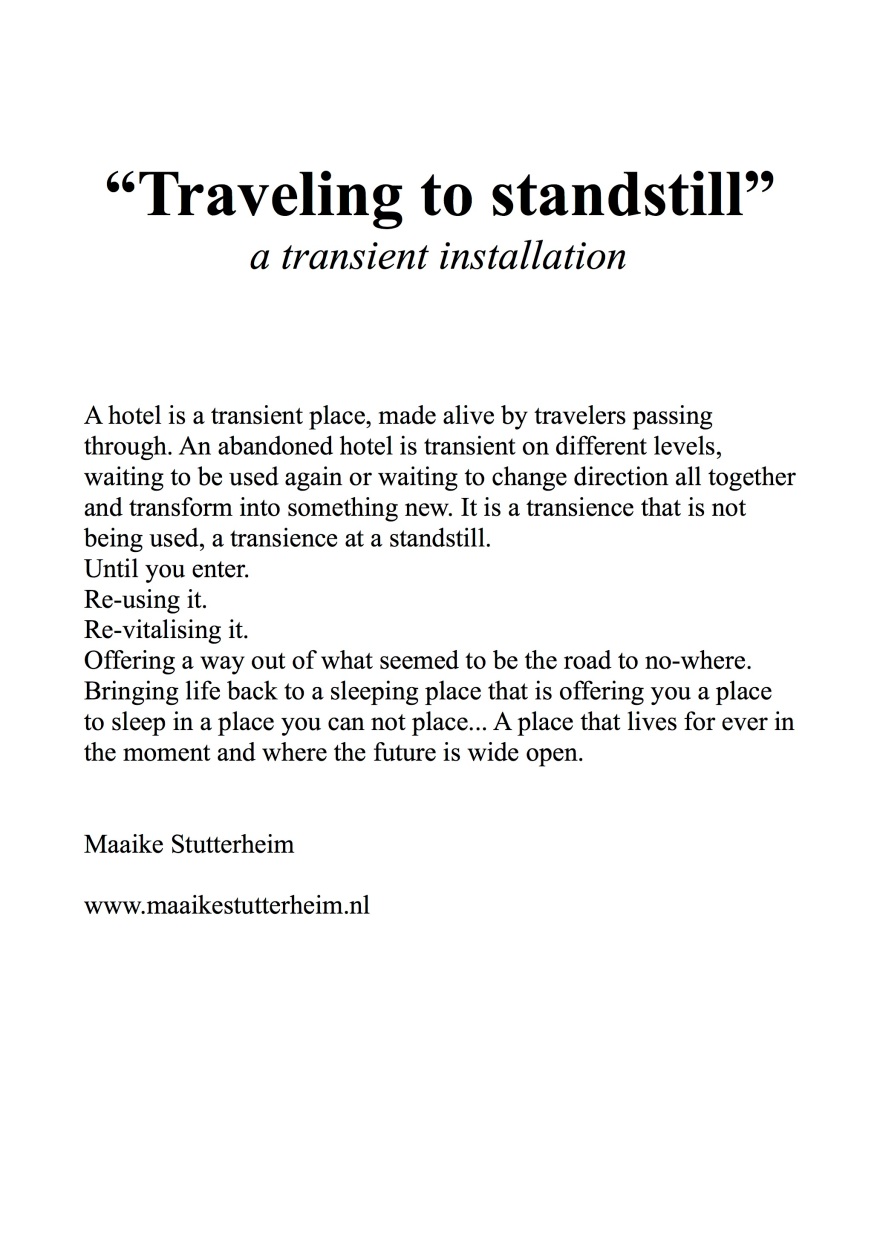
“ΔΩΡΙΖΕΤΑΙ” is a project I developed during my twomonth stay in the Snehta Residency. I wanted to make a work focusing on the juxtaposition of the growing amount of empty spaces, shops, houses, buildings, and the growing amount of homeless and unemployed people in Greece. I noticed that the amount of signs saying “for rent” and “for sale” had exploded around the city. Signs saying “ENOIKIAZETAI”(“for rent”) and “ΠΩΛEITAI” (“for sale”) have always been around, but over the last few years they seemed to be covering almost every other shop window in the city.I decided I wanted to make one that said “ΔΩΡΙΖΕΤΑΙ”, or “for free” (its literal translation is “to be given”). After some experimentation, I found a size, paper, and typeface that spoke exactly the same ‘language’ as the ones on the street and created an “ΔΩΡΙΖΕΤΑΙ” sign, which I systematically pasted up on the streets for more than three months.
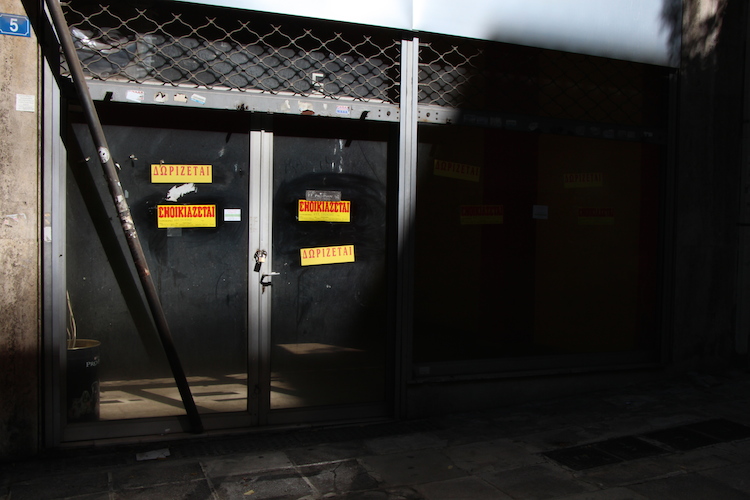
KORINA GIALIDOU
Hello my name is Korina Gialidou.
I am a real estate agent and also a photographer.
I live and work at the neighborhood of Kypsely.
Due to my job a visit almost every day apartments that are for sale. In some cases people are still living in the houses in other cases the owners have died, and their relatives are eager to sell the apartments due to the high taxes and their need for cash. Usually the owner of the house didn’t have children only some distant relatives.
So I decided to photograph houses that their owners have died but all their belongings, their items still remain inside their houses.
I started to photograph their items, their beds, couches, book , disks everything.
I was trying to understand the character through their personal things. And to underline items that from somebody are important for their relatives have no use at all. They are rubbish.
So let say the things, the materials (that make our life happier, and easier, like paintings, books) can transform in some cases our homes no longer to a cave but a cage. I have the feeling that the people that they are living in that houses was a lit bit isolated from their families and friends, and that’s why nobody cares about their belongings.
They were lonely people and alienated from their families and friends.
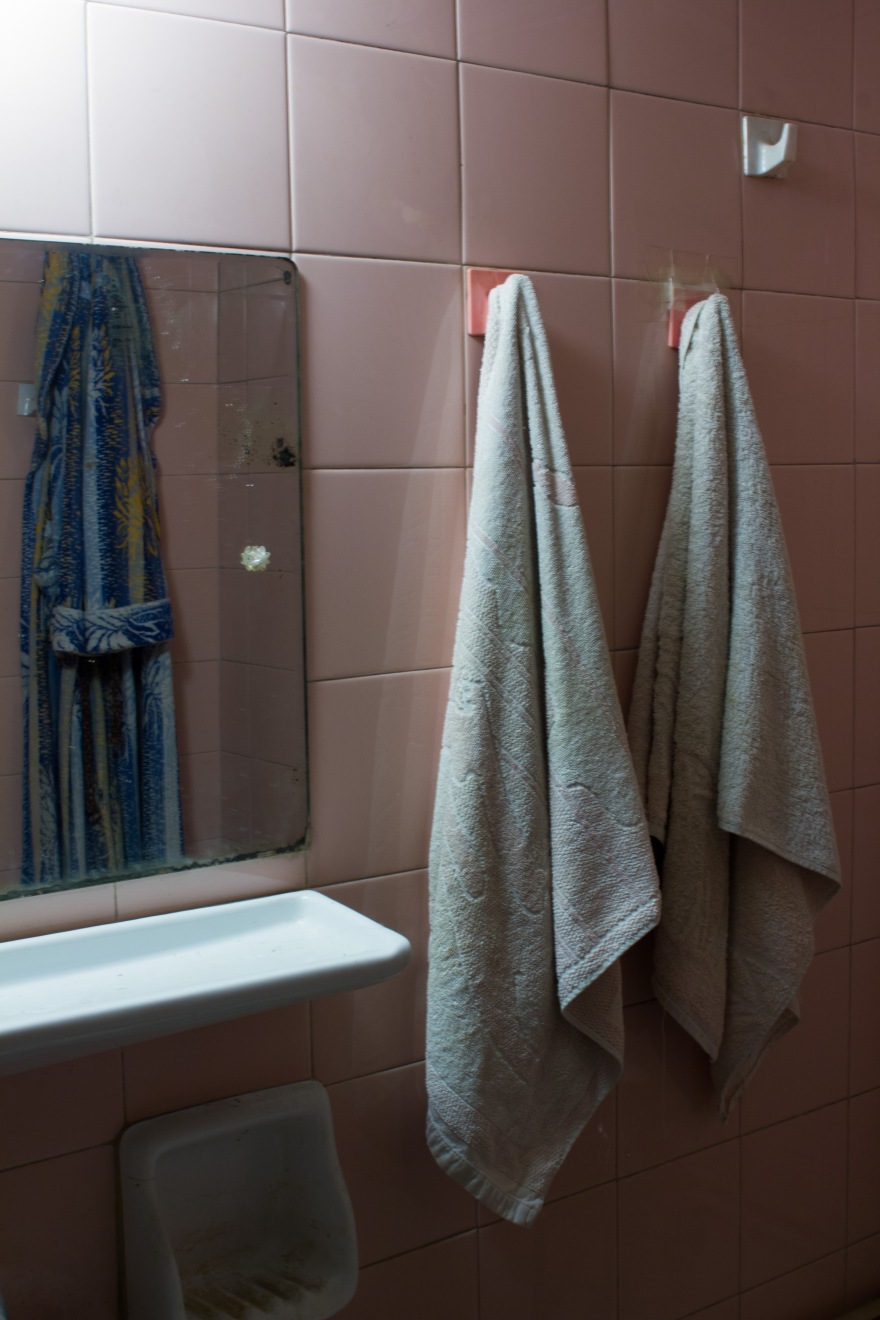
ECONOMY
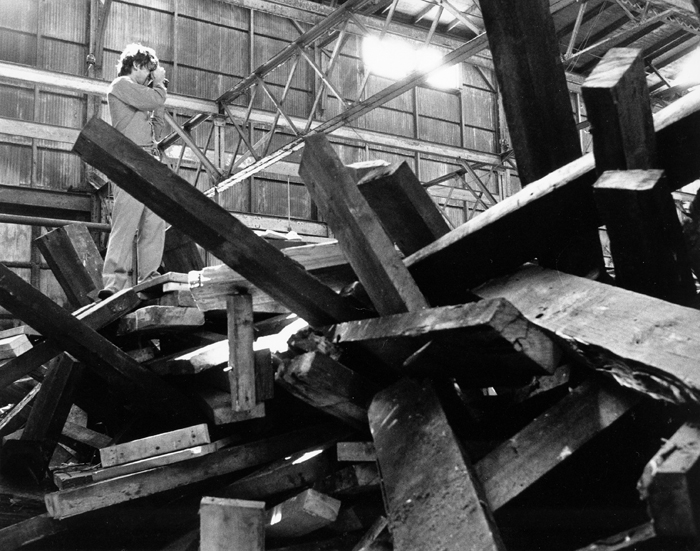
GEORGE VEINOGLOU
Vacancy for real estate professionals can mean good things and bad things. From the perspective of a landlord it can mean loss of rental revenue, while from the perspective of an agent it can mean an opportunity to receive a relevant commission from either a potential lease or sale of a property.
The focus of this presentation is on commercial properties and how their vacancy can lead to the rejuvenation of neighborhoods and larger areas.
With regard to vacancy, what is considered as more problematic is a long-term vacancy, which can last for more than a few years. From the moment they don’t generate any revenue, such properties become a financial burden to owners, who may often be unable to support relevant maintenance costs or other capital expenditure.
During an economic recession, like the one Greece is facing over the past 7 to 8 consecutive years, prolonged vacancy of various commercial properties has become part of our daily reality that can be seen in many areas and neighborhoods, for example on Stadiou and Panepistimiou streets, which used to be two main commercial roads in the center of Athens, following Ermou High Street.
A high level of vacancy, which may be either the result of a slowing economy or the degradation of a neighborhood, has an impact on rental levels, sales prices and on new developments. For example, Stadiou Street is currently surrounded by many homeless people, something we could not have imagined a few years back.
The higher this vacancy is, the lower are rental levels, sales prices and fewer are the new developments. When new developments become scarce and the longer vacancy persists, the more ageing becomes the current building stock. Concurrently, real estate stock of higher qualitative specifications in Athens has become more affordable. Hence, we observe a polarization in the market with demand for high specifications real estate being much higher than it is for properties of lower specifications.
There is a large share of vacant real estate stock, which is also becoming obsolete from a continuous depreciation. Even if an economic upturn comes in Athens some day, it is doubtful that these spaces can be leased again or used under their current context. An example could be the vacant warehouses in the port of Piraeus.
So, in my opinion and from my expertise in real estate, vacancy can lead to city rejuvenation in the following ways:
- Development projects
The depreciation of these properties may give the opportunity to developers in proceeding with large scale development projects by utilizing entire urban blocks. Such projects can lead to the redesign of these areas under a holistic approach and a vision for the future. The economic benefits of such large scale projects can be various:
– Higher land values in the vicinity
– Higher levels of consumption
– The attraction of supporting businesses
– The movement of the population near these economic centers and so on
- Testing ground
Another example of a benefit that may arise from vacant properties is that empty shops can act as testing ground for new organizations and business models. High rents and rates on commercial spaces can often deter start-up businesses and alternative uses, and so where reduced-rent property is made available, new businesses and organizations can be allowed to test new ideas. Having access to a building can act as a form of empowerment to local citizens, and a place where people feel comfortable to learn new skills, leading to higher employment and community output.
Users of these spaces will often invest time and funds into making the property more attractive, and maintenance and security costs are greatly reduced. For a location in transition, the use of multiple buildings in this way has the potential to deliver organic rejuvenation and perception change, increasing property values in the long run.
Enabling a diverse range of short-term projects in one area also creates opportunities for resource sharing and collaboration between businesses and sectors, creating a more sustainable model for the use of local resources. Increasing footfall to neighborhoods also benefits existing businesses, as new audiences are introduced to neighborhoods, and empty shop activity acts as a marketing tool, demonstrating the economic strengths of a particular location.
Lastly, as such initiatives will usually be undertaken by young people living in central urban areas, this may be lead to a new movement of astyfilia. For an urban area to rejuvenate, respect and appreciation of this space are definitely important ingredients.
A-DASH
An international group of artist that have come together in Athens. In 2016 the members of A-DASH explored Athens in search for a space to host their artistic activities, events and artist studios. When that text was submitted to SR A-DASH was still repairing and renovating their space in Asklipiou street. Now the A-DASH team has overcome that challenge and has repaired the space whilst maintaining historical elements amongst others the frescoed walls and old parquet floorings.
